Renaissance in Modern Astronomy|16th Century Pioneer in Astronomy
Copernicus, Brahe & Kepler and Navigating the Celestial Revolution
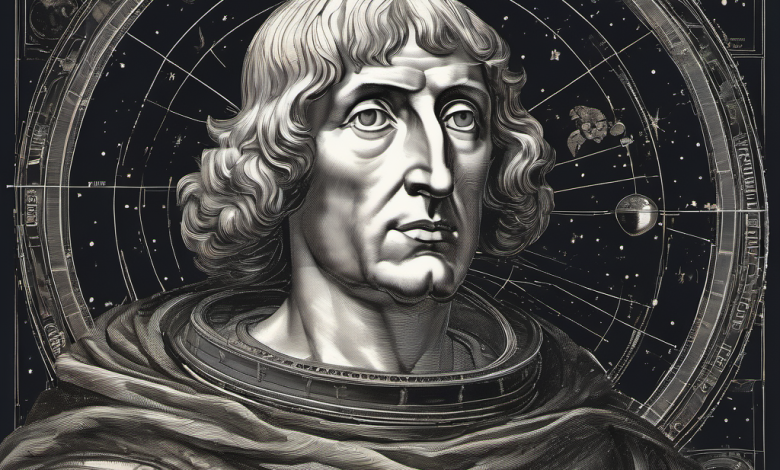
The 16th century unfurled as an epoch of unparalleled transformation in the realm of astronomy, a period marked by profound shifts in understanding the cosmos. It was an era that witnessed the birth of modern astronomy through the groundbreaking contributions of three monumental figures: Tycho Brahe, Nicolaus Copernicus, and Johannes Kepler. These 16th century pioneer in astronomy challenged the long-standing perceptions of the heavens, laying the groundwork for the celestial revolution that would redefine humanity’s place in the universe. Stay with me, Tom Lord, to be your companion and guide in this journey in the history of astronomy
What was the reaction of the general public to the heliocentric model proposed by Copernicus?
The general public's reaction to Copernicus's heliocentric model was mixed and largely dependent on geographical and cultural contexts. In many areas, the immediate reaction was limited due to the model's complexity and the fact that "De Revolutionibus" was written in Latin, making it accessible primarily to scholars. However, as the ideas gradually disseminated and were championed by figures like Galileo, public curiosity was piqued, though skepticism remained significant due to deeply entrenched geocentric views and religious doctrines.
How did Tycho Brahe's observations challenge the existing models of the universe?
Tycho Brahe's precise observations, particularly of the comet of 1577 and the supernova of 1572, challenged the prevailing Aristotelian model that posited unchanging heavens and celestial spheres. His data showed that comets and new stars (supernovae) were not atmospheric phenomena, as previously believed, but distant objects that traversed the supposed crystalline spheres, thereby undermining the notion of immutable heavenly spheres.
Did Johannes Kepler face any personal challenges due to his astronomical work?
Yes, Johannes Kepler faced several personal challenges, including religious tension and the loss of family members to illness. His adherence to Copernicanism and his own revolutionary ideas sometimes put him at odds with the Lutheran church's teachings, leading to periods of religious persecution. Additionally, the Thirty Years' War and the loss of his wife and child added personal hardship to his pursuit of astronomical research.
Did Tycho Brahe support the Copernican system?
Tycho Brahe is often seen as a transitional figure in astronomy, bridging the gap between the Ptolemaic geocentric model and the Copernican heliocentric system. Despite his groundbreaking observations and his rejection of the crystalline spheres model, Brahe did not fully embrace Copernicus’s heliocentric theory. Instead, he proposed a compromise—a geo-heliocentric system where the planets orbited the Sun, which, in turn, orbited the Earth. This model sought to preserve the Earth's central position in the universe while incorporating the accurate observations that supported Copernicus’s heliocentric theory. Brahe’s refusal to fully endorse the Copernican system was not out of ignorance but stemmed from his adherence to observational accuracy and the lack of observable stellar parallax, which he expected to see if Earth indeed orbited the Sun.
What role did the printing press play in the dissemination of heliocentric ideas during the 16th century?
The advent of the printing press in the mid-15th century revolutionized the way knowledge was disseminated, and it played a crucial role in the spread of heliocentric ideas during the 16th century. The ability to produce multiple copies of texts quickly and efficiently meant that works such as Copernicus’s "De Revolutionibus Orbium Coelestium" could reach a wider audience than ever before. This facilitated a rapid spread of revolutionary astronomical ideas across Europe, challenging traditional geocentric views and sparking debates among scholars, theologians, and the lay public. The printing press essentially democratized knowledge, making it accessible to individuals outside the traditional academic and religious institutions and thereby accelerating the scientific revolution.
How did the invention of the telescope transform 16th-century astronomy?
While the telescope was not invented until the early 17th century, its impact on the field of astronomy cannot be overstated. Prior to its invention, astronomers like Copernicus, Brahe, and Kepler relied on naked-eye observations and intricate mathematical calculations to develop their models of the universe. The invention of the telescope by Hans Lippershey and its subsequent refinement and use by Galileo Galilei marked a pivotal moment in astronomy. It allowed for the direct observation of celestial phenomena such as the moons of Jupiter, the phases of Venus, and the detailed structure of the Moon, providing concrete evidence that supported and expanded upon the heliocentric model proposed by 16th-century astronomers. This technological breakthrough ushered in a new era of observational astronomy, enabling discoveries that were previously beyond the reach of human perception
Nicolaus Copernicus and The Geocentric to Heliocentric Shift
For centuries, the geocentric model of the universe held sway, positioning Earth as the immovable center of the cosmos around which the celestial spheres danced in harmonious orbits. This ancient conception, deeply ingrained in the philosophical and religious thought of the time, painted a universe that was finite and centered around human existence.
Enter Nicolaus Copernicus, the 16th-century pioneer in astronomy, whose audacious proposal of the heliocentric model began to unravel the cosmic tapestry that had been meticulously woven by generations of astronomers. Copernicus posited that it was the Sun, not Earth, that lay at the heart of the universe, with the planets, including Earth, orbiting around it in concentric circles.
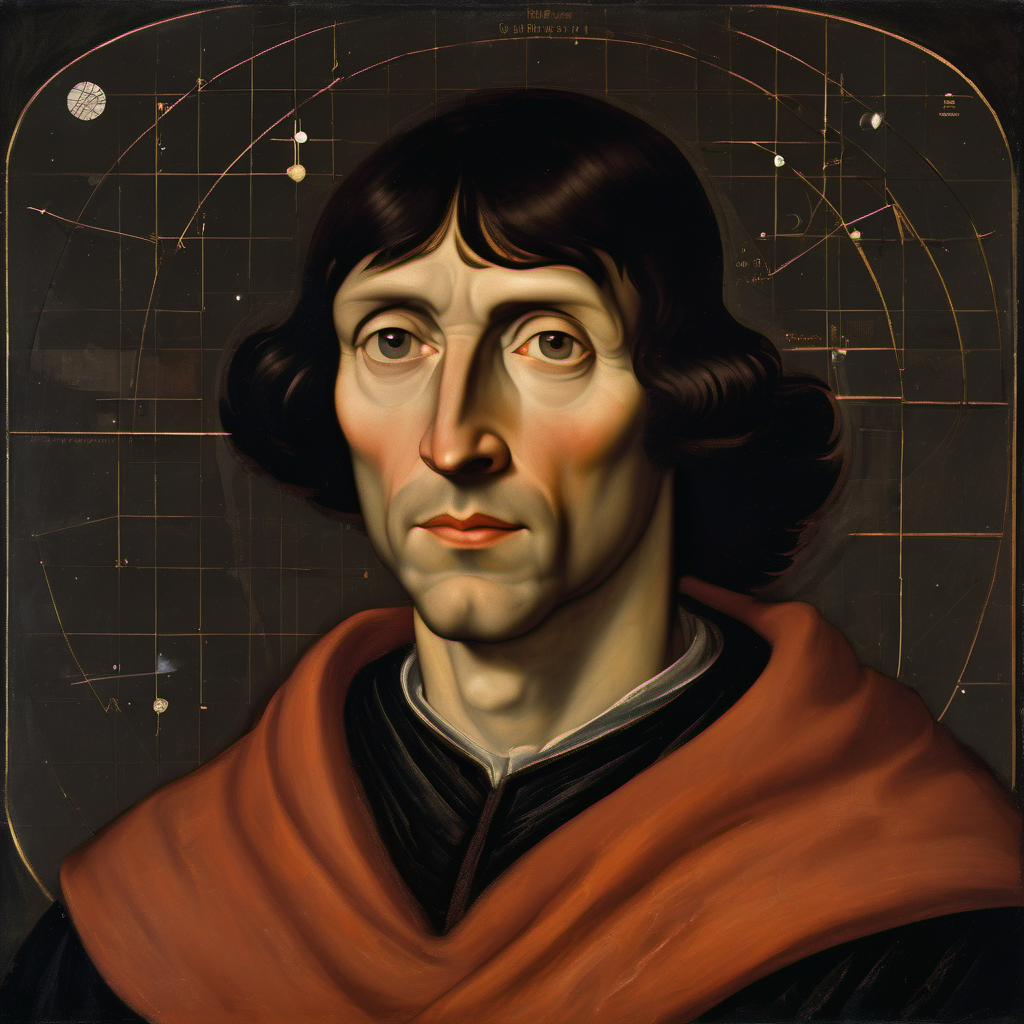
Nicolaus Copernicus and the Heliocentric Model
Born in the Polish city of Toruń in 1473, Copernicus emerged as a polymath whose interests spanned from mathematics to canon law, but his enduring legacy was forged in the celestial realm. His magnum opus, “De Revolutionibus Orbium Coelestium” (On the Revolutions of the Heavenly Spheres), published in the twilight of his life in 1543, ignited the spark of the scientific revolution.
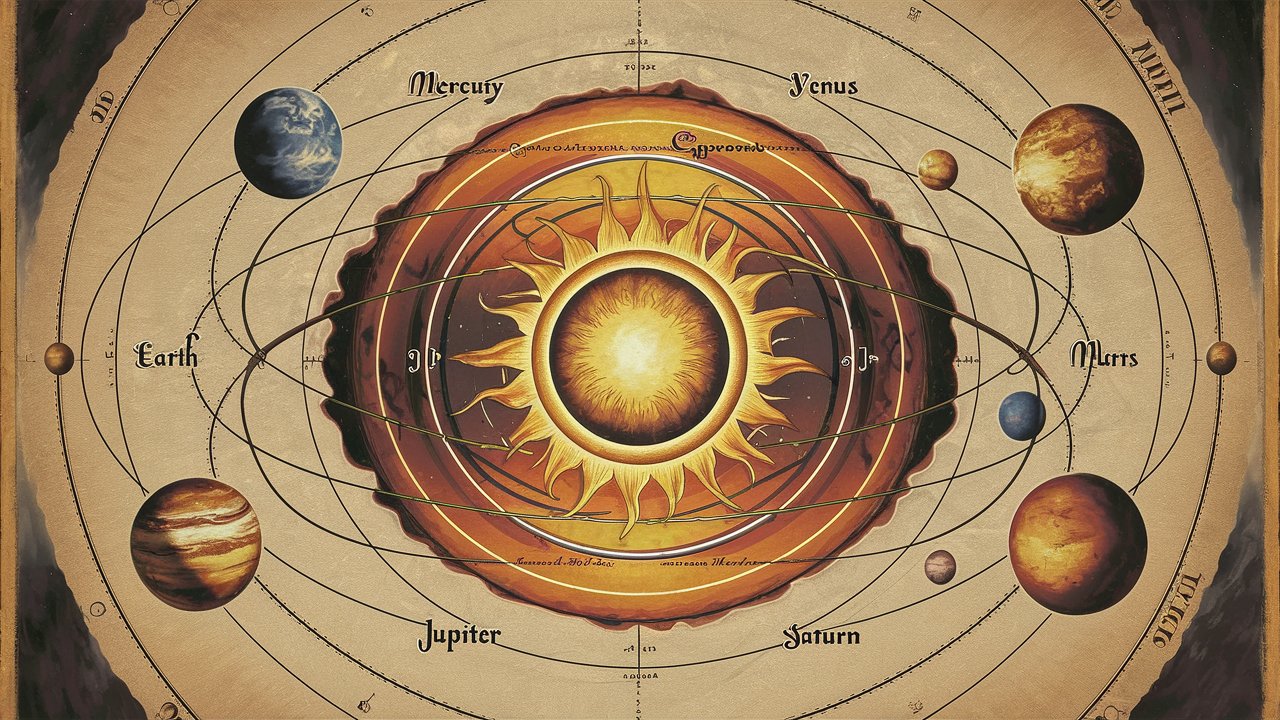
In “De Revolutionibus,” Copernicus meticulously outlined the mechanics of the heliocentric system, challenging the Aristotelian and Ptolemaic models that had dominated astronomical thought. The book detailed the Earth’s rotation on its axis and its orbit around the Sun, offering mathematical models that simplified the prediction of celestial movements. The impact of Copernicus’s work was seismic, not only in the field of astronomy but also in challenging the anthropocentric view of the universe.
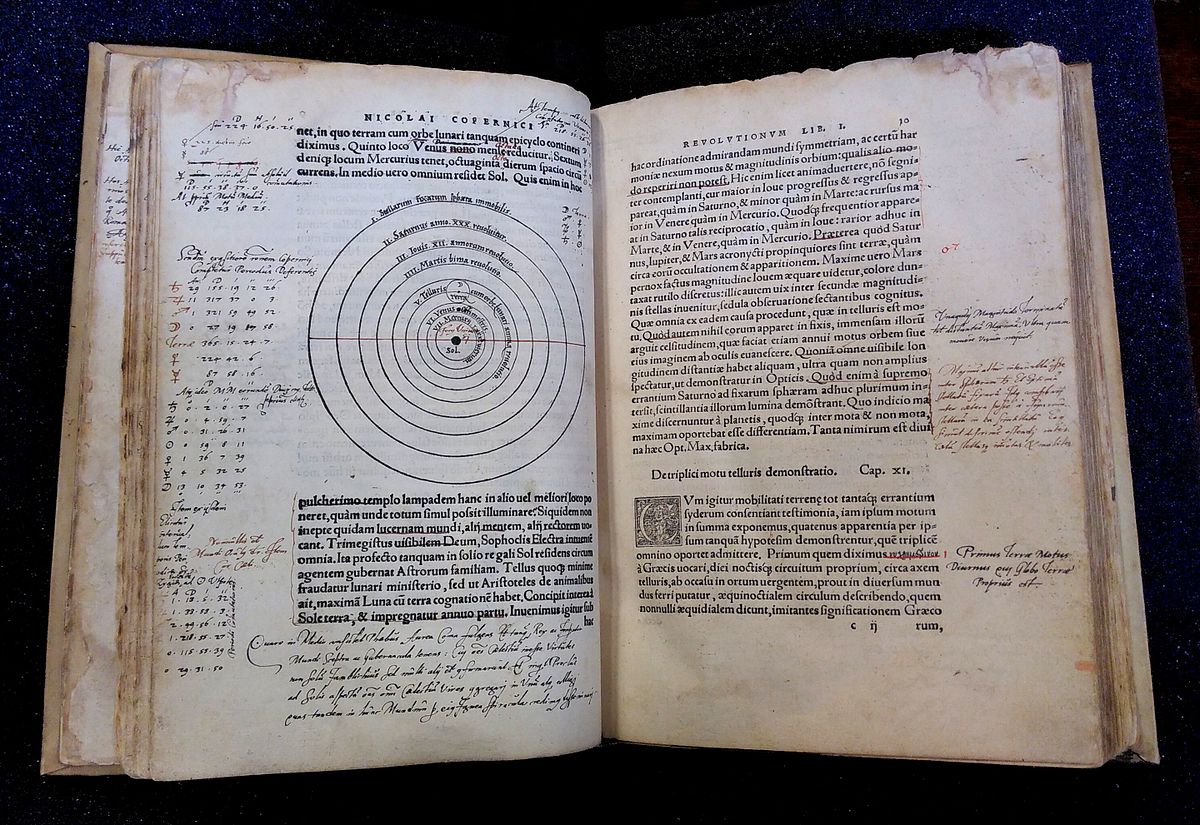
The introduction of the heliocentric model by a 16th-century pioneer in astronomy marked the beginning of a new era in understanding the cosmos. Copernicus, together with subsequent figures like Tycho Brahe and Johannes Kepler, paved the celestial highway that would lead humanity away from the notion of an Earth-centered universe, setting the stage for the modern exploration of the cosmos that continues to this day.
Tycho Brahe: The Celestial Cartographer
Born into the Danish nobility in 1546, Tycho Brahe was as renowned for his aristocratic lineage as he was for his idiosyncratic persona, which defied the austere mold of the scholarly community. Brahe’s life was a tapestry of brilliance interwoven with peculiarities, such as the loss of his nose in a youthful duel, thereafter replaced with a prosthetic made of precious metals. His existence was a testament to the notion that genius and eccentricity often walk hand in hand, a pioneer in astronomy whose character was as colorful as the cosmos he sought to understand.
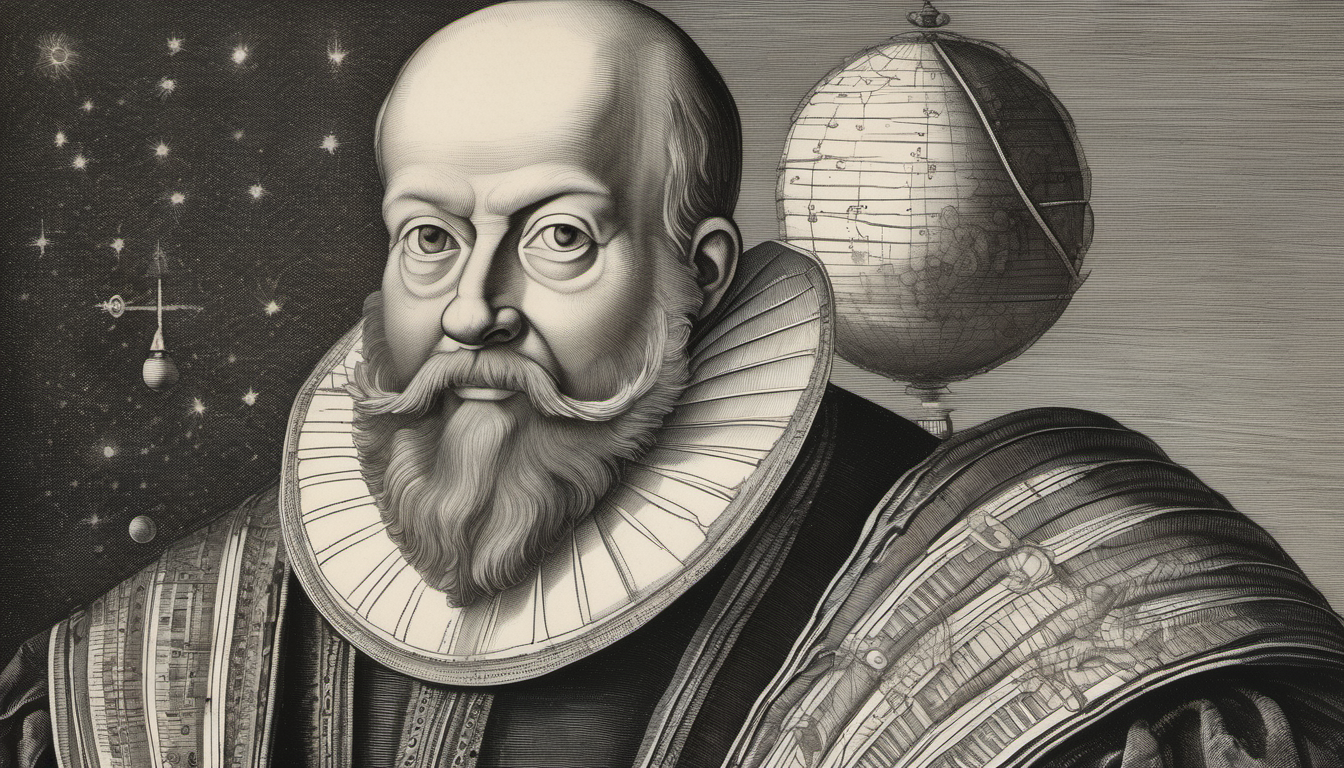
Brahe’s legacy was cemented through his unparalleled astronomical observations, conducted from his island fortress of Uraniborg, an edifice dedicated to the muses of astronomy. With the most sophisticated instruments of his age, yet before the advent of the telescope and uses of advanced observation and imaging tools such as atmospheric dispersion corrector, Brahe charted the heavens with an accuracy that was unprecedented. His celestial catalogue eclipsed all predecessors, capturing the positions of stars and planets with meticulous precision. It was this dedication to empirical observation that allowed Brahe to challenge the infallible celestial sphere model, proposing instead that the cosmos was a dynamic and ever-evolving expanse.
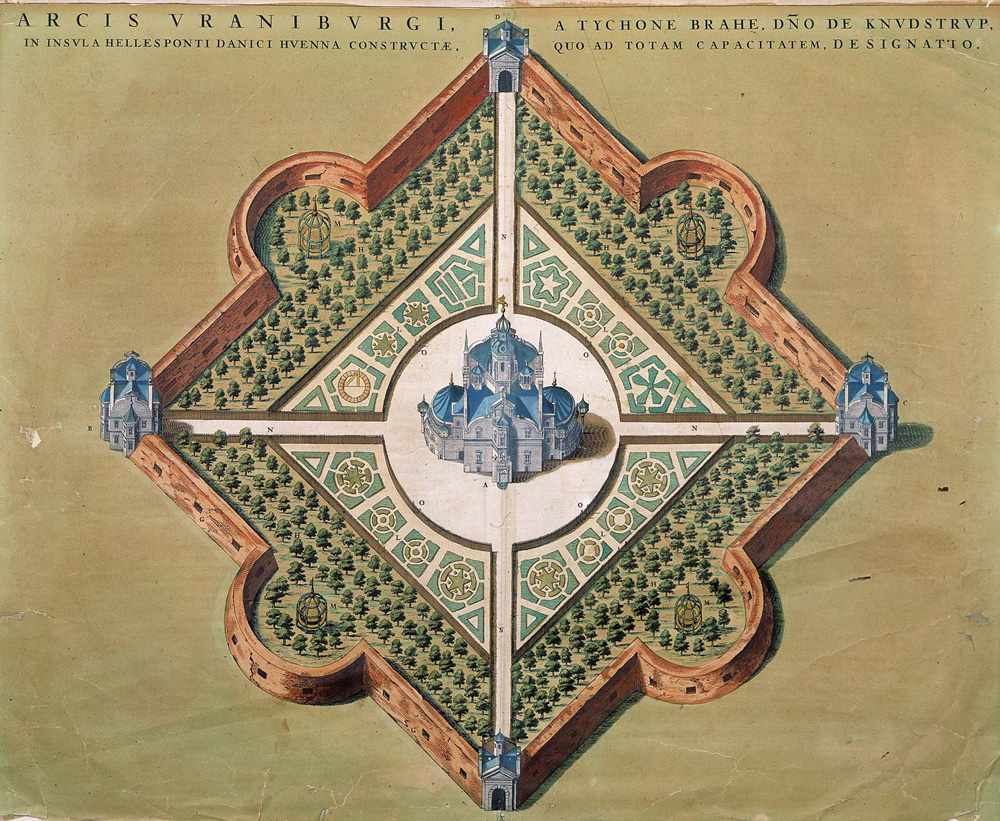
A Hybrid Universe
In the twilight of the geocentric model, Brahe devised a cosmological theory that straddled the ancient and the modern. His model posited that while the Earth remained stationary, the Sun orbited it, and the other planets, in turn, orbited the Sun. This compromise, a hybrid model, sought to reconcile Copernican heliocentrism with traditional geocentric views, bridging the chasm between two seemingly irreconcilable worlds. Though not entirely accurate, Brahe’s model was a crucial step in the astronomical renaissance, challenging dogma with a bold new vision of the universe.
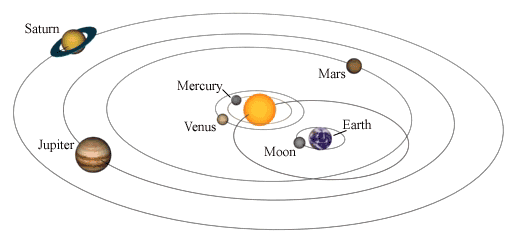
The true significance of Brahe’s work lay not only in his contributions to the celestial catalogue but also in the legacy of his data, which would prove invaluable to future astronomers. Johannes Kepler, Brahe’s one-time assistant, would utilize this treasure trove of observations as the foundation for his own groundbreaking work on planetary motion. Thus, Brahe’s meticulous records became the bedrock upon which the laws governing celestial mechanics were built, catalyzing a paradigm shift in our understanding of the universe.
Tycho Brahe’s story is a testament to the human thirst for knowledge and the quest to comprehend the vastness of the universe. His contributions laid the groundwork for the seismic shifts in astronomy that would follow, marking him as a colossus in the annals of scientific history.
here is a video for break time about Tycho Brahe, Johannes Kepler and Planetary Motion :
Johannes Kepler, Architect of the Celestial Spheres
In the annals of scientific luminaries who illuminated the 16th-century firmament, Johannes Kepler shines as the quintessential theorist, whose visionary work sculpted our understanding of the heavens. Born in 1571 in the Holy Roman Empire, Kepler’s trajectory towards astronomical greatness was set against a backdrop of early adversity and academic rigor. An insatiable curiosity and a profound intellect drew him to the revolutionary ideas of Copernicus, whose heliocentric model became the beacon that guided Kepler’s scholarly pursuits.
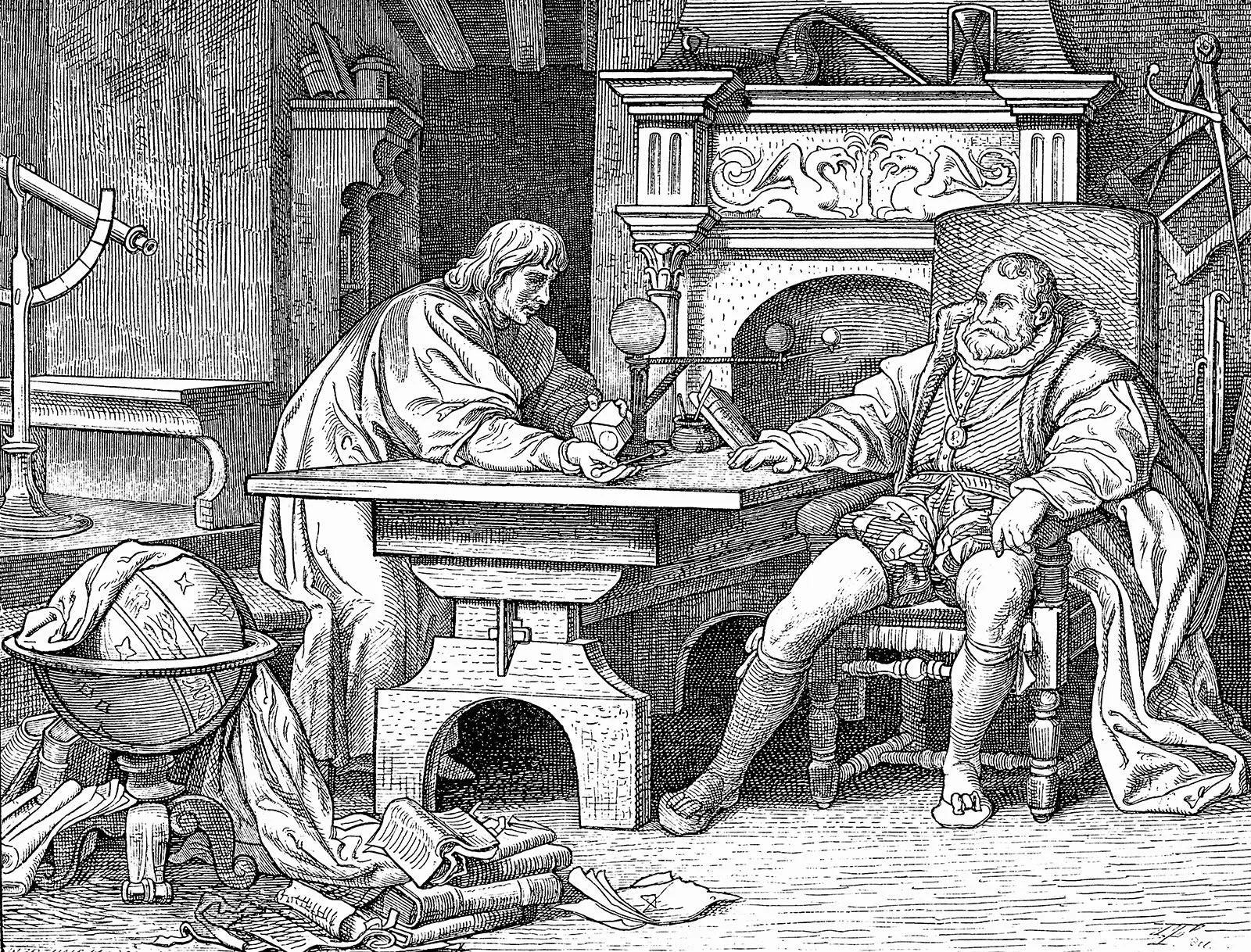
Kepler’s astronomical journey was irrevocably altered by his association with Tycho Brahe, the era’s preeminent observer. This partnership, a confluence of Brahe’s observational might and Kepler’s theoretical prowess, was pivotal. Granted access to Brahe’s unparalleled celestial catalogue, Kepler found himself in possession of the most precise astronomical data of the age. This treasure trove of observations was crucial, providing the empirical bedrock upon which Kepler would construct his theories.
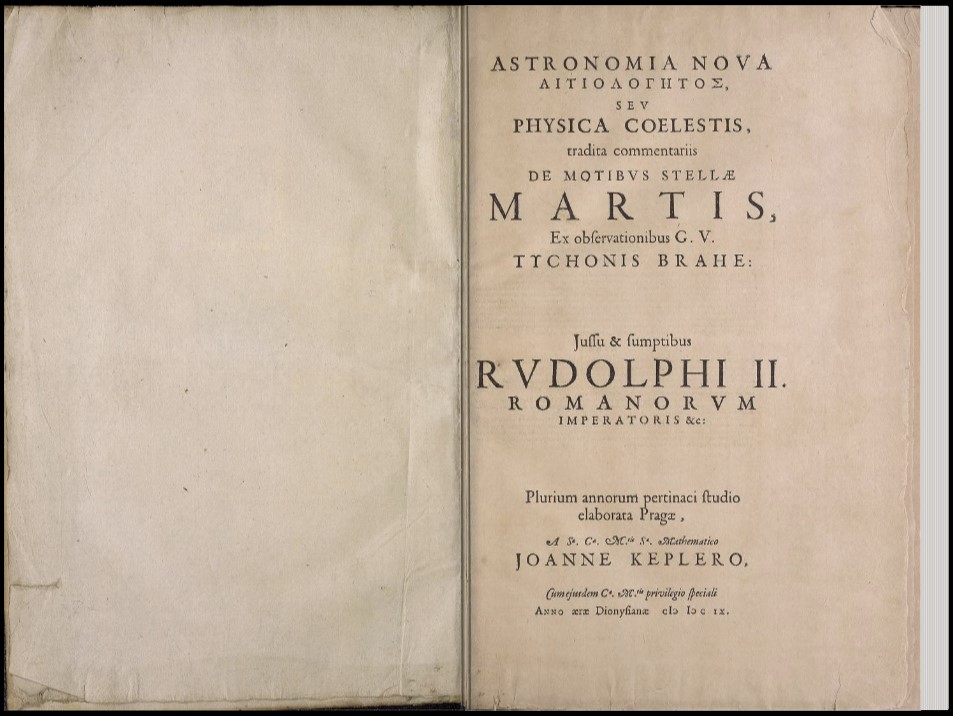
The Harmonic Structure of the Cosmos
Kepler’s monumental contribution to astronomy was encapsulated in his three laws of planetary motion, principles that elucidated the heliocentric model with newfound clarity and conviction. His First Law, asserting that planets orbit the Sun in ellipses with the Sun at one focus, shattered the classical notion of circular orbits. The Second Law, which described the equal areas swept by the planets in equal times, introduced a dynamic understanding of orbital speed. The Third Law, highlighting the proportional relationship between the squares of the orbital periods of planets and the cubes of their average distances from the Sun, offered a universal principle that bound the solar system in a mathematical harmony.
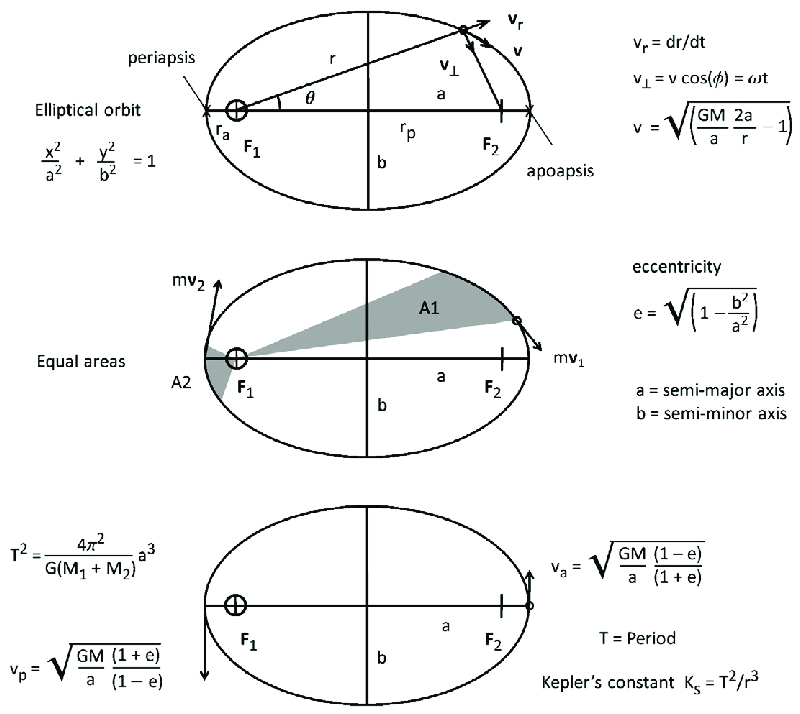
Kepler’s work represented the sublime marriage of observational accuracy and mathematical elegance, a union that heralded the dawn of modern astronomy. His laws transcended the specifics of the Copernican system, offering a framework that could explain the motion of celestial bodies with unprecedented precision. Through his meticulous analysis and creative brilliance, Kepler demonstrated that the movements of the heavens were not capricious but governed by discernible mathematical relationships, a realization that was nothing short of revolutionary.
Johannes Kepler’s legacy as a 16th-century pioneer in astronomy is immortalized in the laws that bear his name, laws that continue to underpin the science of astronomy. His work stands as a testament to the power of mathematical elegance in unlocking the mysteries of the cosmos, bridging the divide between the celestial and the terrestrial. Through his profound insights into the harmonic structure of the universe, Kepler not only vindicated the Copernican model but also laid the groundwork for the gravitational theories that would follow, cementing his place as a titan of scientific thought.
Challenges and Controversies
The luminous path carved by the 16th-century pioneers in astronomy, Copernicus, Brahe, and Kepler, was not without its shadows. Their revolutionary ideas ignited the flames of controversy, challenging the very fabric of scientific, religious, and cultural orthodoxy. Copernicus, with his heliocentric model, found himself at odds with the Church’s geocentric view, a clash that symbolized the broader conflict between emerging scientific truths and established doctrines.
Tycho Brahe, while not directly confronting religious dogma, grappled with the scientific community’s skepticism towards his hybrid model of the universe. Kepler, for his part, faced challenges in gaining acceptance for his laws of planetary motion, which suggested a universe governed by mathematical principles rather than divine whim.
The trials faced by these astronomers reached their apex with Galileo Galilei. Galileo’s vocal defense of the heliocentric model, bolstered by empirical evidence from his telescopic observations, drew the ire of the Inquisition. His subsequent trial and house arrest underscored the perilous intersection of scientific inquiry and religious authority during the Renaissance.
Legacy and Impact
The legacy of 16th-century astronomy is monumental, laying the bedrock for the seismic shifts that would follow in the scientific landscape. The meticulous observations and daring theories of Copernicus, Brahe, and Kepler collectively dismantled the geocentric model, propelling astronomy towards a more accurate understanding of the solar system.
Their work provided the essential scaffolding for Isaac Newton’s laws of motion and universal gravitation, principles that would not only validate the heliocentric model but also unify celestial and terrestrial mechanics under a single theoretical framework. This intellectual lineage underscored the transformative power of the 16th-century astronomical revolution, marking a pivotal moment in the shift from a cosmos centered around human perspectives to one governed by universal laws.
The Transformation of Perspective
The contributions of these 16th-century astronomers catalyzed a profound transformation in humanity’s understanding of its place in the cosmos. By displacing Earth from the center of the universe, they expanded the horizons of the known world, inviting a reevaluation of human significance in the vast expanse of space. This shift not only revolutionized astronomy but also had profound implications for philosophy, theology, and the broader human self-concept.
Final Thoughts
The journey of the 16th-century pioneers in astronomy is a testament to the indomitable spirit of inquiry that defines the human quest for knowledge. Faced with daunting challenges and controversies, Copernicus, Brahe, and Kepler persevered, driven by a relentless curiosity and a commitment to uncovering the truths of the universe. Their legacy is not merely in the models and laws they bequeathed to posterity but in the enduring example they set of courage in the pursuit of scientific truth.
Further Reading and Resources: For those inspired by the tales of these celestial trailblazers and wishing to delve deeper into their lives and works, a wealth of resources awaits. Recommended readings include “The Sleepwalkers” by Arthur Koestler, which explores the evolution of the cosmological view from Copernicus to Kepler, and “On the Revolutions of Heavenly Spheres” by Nicolaus Copernicus, offering firsthand insight into the mind of the man who dared to rethink the universe.
Museums and observatories around the world, such as the Royal Observatory in Greenwich and the Museo Galileo in Florence, offer exhibits dedicated to the achievements of these astronomers. Online, the Stanford Encyclopedia of Philosophy and the European Space Agency’s Hubble site provide accessible entries into the complexities of their discoveries and the impact they have had on the way we view our place in the cosmos.
The story of 16th-century astronomy is a chapter in the grand narrative of human understanding, a saga of overcoming doubt and dogma to embrace a truer vision of the universe. It is a legacy that continues to inspire and inform, a reminder of the endless horizons that await when we dare to question and explore.



